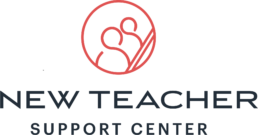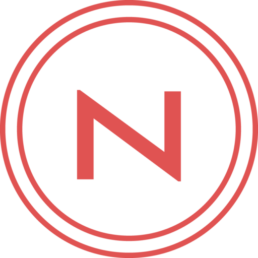Have you ever sat down to lesson plan and your mind felt like a shaken snow globe? Bleak. Blurry. Cold. Empty. No end in sight. Lesson planning can feel like the storm that doesn’t end, but don’t get buried in that snow drift just yet, teacher. I’m here to shovel you out! Here is a tried and true (and principal approved) structure and template for your lesson planning needs so you can think less about structure and more about content. Together, let’s calm the storm!
 Step 1: Post or project a welcome screen.
Step 1: Post or project a welcome screen.
The purpose of the welcome screen is to give students, and administrators during those impromptu walkthroughs, a glimpse of what the lesson will look like for the day. This keeps you on track and students focused on what they need to achieve in class that day.
Step 2: Post or project materials needed.
Having this list projected at the start of the lesson gives you some time to send that quick email or take attendance, while allowing students time to gather materials and get ready to learn. Also, having student materials ready minimizes loss of instructional time and maintains the pacing of your lesson.
Step 3: Bellwork or Jumpstart
Post a bellwork or jumpstart activity that students can work on once they have their materials gathered for the day. This is a great opportunity to ask a review question, assess background knowledge about the lesson content for the day, take a poll, or get a pulse for how students are feeling. This task should not take more than 10 minutes.
Step 4: Lesson
What is the standard that will be taught today? Break the standard into pieces. What do students need to KNOW and BE ABLE TO DO by the end of the lesson? Consider implementing the gradual release model of I do (teacher), we do (as a class, group, or partner), and you do (student takes sole responsibility). During the I do component of the lesson, the teacher may conduct a mini lesson, lead a presentation, demonstration, or read an article. In the we do section of the lesson, students work through an activity, practice question or task with the help of the teacher and peers that relates to the I do component. Finally, the last component of this model, we do, gives the student the chance to practice independently to see if they have mastered the content or need more support. The lesson component should take up the largest chunk of time.
Step 5: Assessment/Closing
This usually takes place in the last 5-10 minutes of the class session and allows the student to demonstrate mastery of the standard and provide data to the teacher. This assessment can be a larger product or assignment that is turned in after the lesson or can be simple, like an exit ticket, fist to five, sticky note summary, or 3-2-1. Once this is complete, give students time to pack up, jot down homework in their planner, or ask last minute questions.


